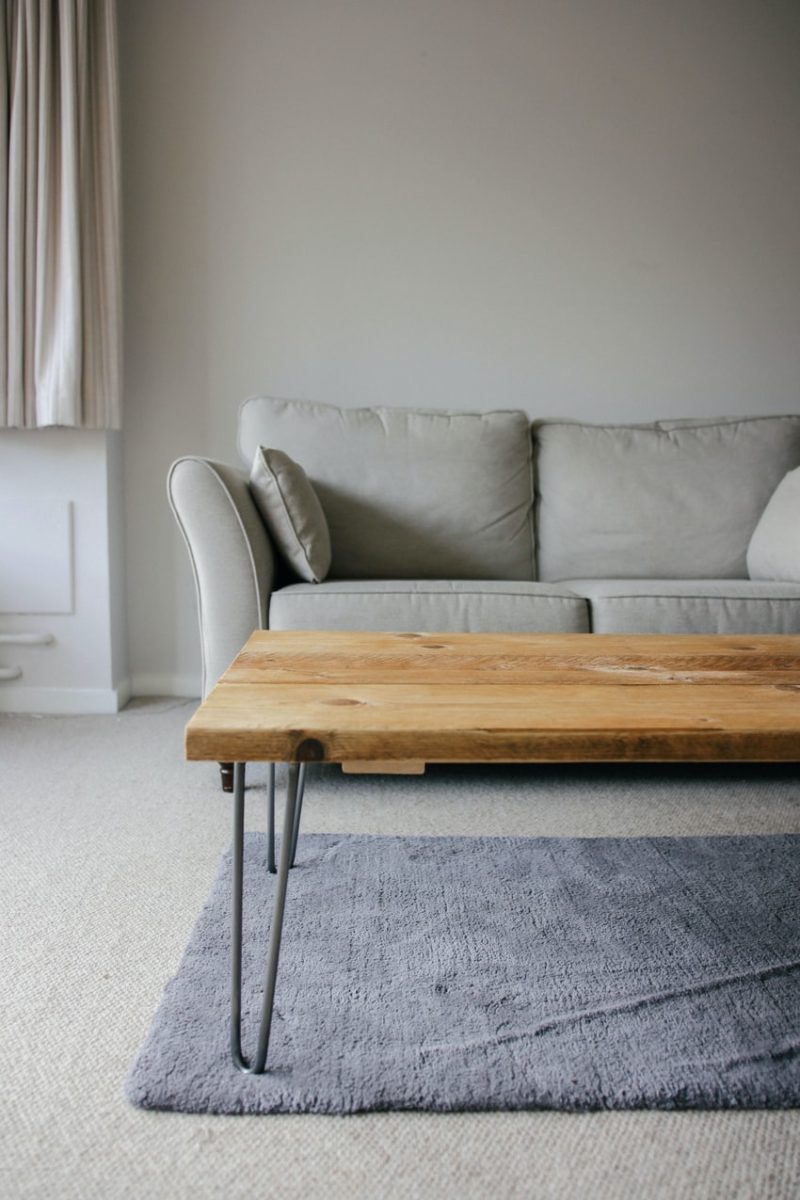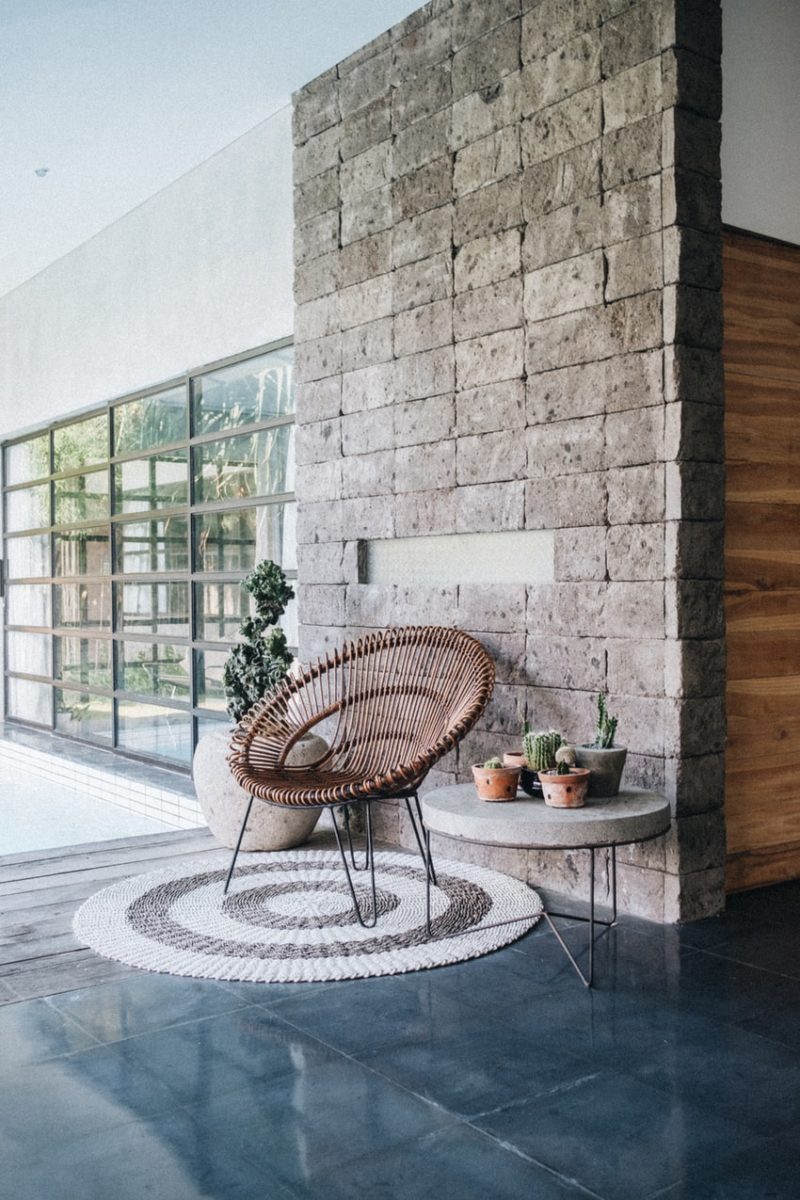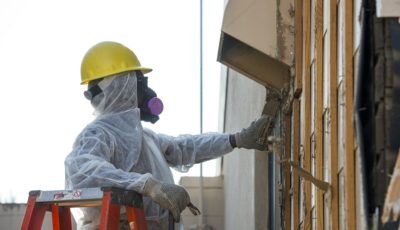Materials to Use When Improving Your Home
One thing homeowners should do is take on home improvement projects throughout the year. Doing so can help to preserve the value of your home over time. Such projects can also add extra convenience, functionality, security and recreational opportunities for you and your family. Whatever project you may take on, you’ll need the right materials to complete it. Below are just a few suggestions.
Reclaimed Wood
Right now, lumber prices are at an all-time high. As such, many people are looking for alternatives to use in home improvement projects. One option you can choose is actually more environmentally friendly than the rest. You can choose to implement reclaimed wood taken from condemned buildings and other sources. When refinished, no one will be able to tell that the wood in question is not brand new. You can make some amazing finds when hunting for reclaimed wood that you may not have been able to afford otherwise.

Crushed Stone
Another good source of materials you can obtain for a reasonable price is crushed stone. This is stone that has been mined from a quarry and then crushed so you can use it for different purposes. If you want to quickly construct a drive-way or walk-way outside your home, gravel made from crushed stone is a cost effective choice that is extremely easy to install. It can also be used for landscaping purposes, to create barriers, or even as a form of mulch. Inquire with a stone gravel supplier about having some delivered to your home.

Bamboo
A complete alternative to wood you should consider is bamboo. Bamboo is cheaper than most kinds of lumber, and it’s a flexible yet strong building material. It is also completely sustainable since it is so easy to regrow. If you want to add some Asian-inspired flair to your home remodel project, bamboo is an excellent choice.

Concrete
Concrete is another common choice for home improvement projects. The benefits are that it’s rather cheap and also easy to install if you carefully follow the instructions for laying it. Compared to many other options, it’s rather environmentally friendly and leaves virtually no carbon footprint. It is, of course, quite strong and lasts a long time as well. The downside may be eventual cracking. However, if you install it properly, you can lessen that risk as well.

Overall, it’s important to choose the right material for the job. However, you should also consider other factors like price, strength, flexibility, aesthetics, and even eco-friendliness if you can. The list above is only a starting point. There are many different great materials you can choose for your home improvement project.









